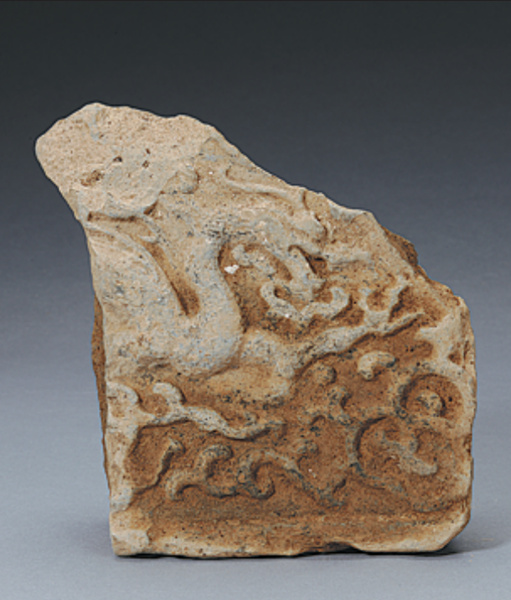Palace's hidden glories unearthed
 0 Comment(s)
0 Comment(s) Print
Print E-mail China Daily, March 10, 2022
E-mail China Daily, March 10, 2022

Similar but smaller sangdun structures, some 2 m wide, were also found.
Wu said these structures might be from the same impressive architectural complex as the recent discoveries. He asked, "If the bigger columns indicate a main hall, is it possible that the small ones reveal the corridor?"
Xu added that a bigger map of an "underground" Forbidden City is now being drawn up through a detailed study of these scattered architectural relics.
"However, we cannot be hasty in drawing any conclusions in archaeology. It will take an extra three to five years of continuous effort in the ongoing project to comprehensively understand these layers of relics, one after another," he said.
Comparative studies of other archaeological sites can help form a "big picture" of palatial buildings during the early Ming period.
For example, Wu and several other archaeologists from the Palace Museum joined excavations at the Zhongdu ("central capital") site in Fengyang county, Anhui province. In 1369, Zhu Yuanzhang, founding emperor of the Ming Dynasty, ordered an 840,000-sq-m imperial city to be built in his hometown.
Although the plan was later halted, ruins of this half-completed prototype of the Forbidden City offer a key reference point for researchers to gain an impression of the refined nature of early Ming construction.
Sangdun equally as large as the new findings in Beijing were unearthed in Zhongdu, but they were made from gravel and earth, and relatively rougher building techniques were used.
Xu said, "You can see how construction methods evolved and advanced from Zhongdu to Beijing."
The new archaeological site in the Forbidden City has produced surprises beyond the Ming Dynasty.
Mongol ruler Kublai Khan designated Dadu, present-day Beijing, as the capital city of the Yuan Dynasty (1271-1368), turning it into an internationally influential metropolis through a massive urban construction plan. Beijing thus became the capital of a united China.
The location of Khan's royal palace has remained controversial due to vague records in surviving documents.
Some Yuan royal building components were unearthed from an excavation pit at the site. These discoveries may further support the theory that an imperial Yuan Dynasty city lies beneath the Forbidden City.
Xu said: "If this is the case, then the central axis of Beijing may have remained unchanged for over 700 years. Our understanding of this key landmark can be further enriched."
The central axis of Beijing is on a tentative list for UNESCO World Heritage status. Landmarks such as the Forbidden City, the Drum Tower and the Temple of Heaven are situated along the axis, along with Tian'anmen Square and the National Stadium, also known as the Bird's Nest.






Go to Forum >>0 Comment(s)